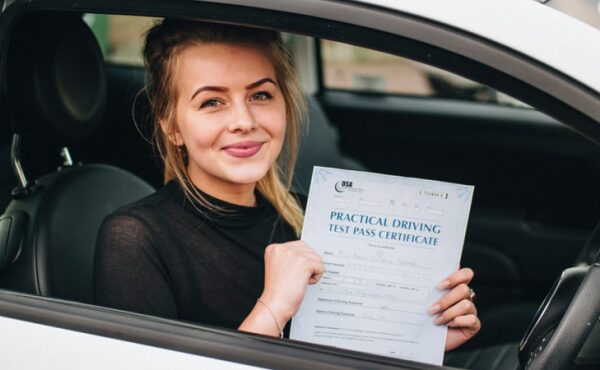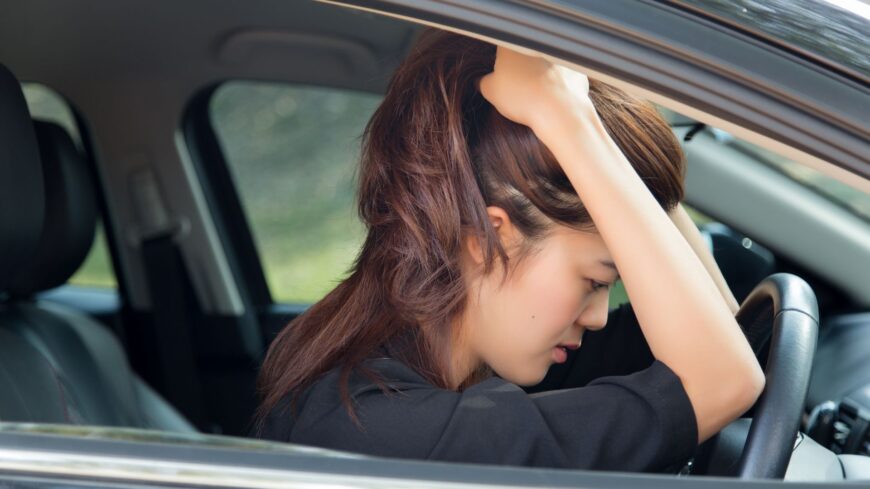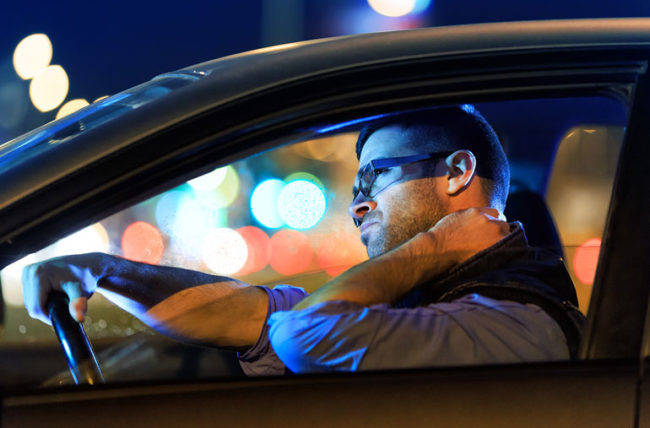It is a known fact that the novice drivers are at higher chances of getting involved in an accident that other experienced drivers. According to researches, the chances of a new driver meeting with an accident are four times greater than that of an experienced driver. This can be traced down to several factors, but inexperience in dealing with emergencies, showing off among friends, and the inability to handle a car on the road tops the list.
Driving a car is not rocket science; however, when your hands are handling the steering for the first time, everything seems quite tricky. Along with that, there is little fear that you might not be able to drive as per your expectations. Learn more about this at LTrent.com.au
In such a situation, you need to avoid some common mistakes, and you are good to go. If some things are taken care of, then even a novice driver can drive a vehicle like an experienced on Let us tell you about some common mistakes that new drivers make so that you can avoid them when driving.

-
Placing Your Feet On The Clutch Pedal
The car driver should still maintain the speed limit and avoid suddenly accelerating or abruptly stopping the car. It would be best if you did not always place your feet on the clutch pedals, as doing so may cause clutch plates to deteriorate prematurely. If the vehicle is moving at the correct speed, then the clutch should not be used at all.

-
Not Paying Attention When Turning The Car
Most accidents occur while changing lanes or while turning the vehicle into any particular direction. New drivers are often unaware of the points to keep in mind while making a turn. When turning a vehice, if you find an electric pole, a standard pole, or even a tree on the side of the road, which is precisely 90 degrees on the corner, turn it without bumping or raging into the objects. Always turn it from a distance from the pole or tree. Follow this tip to avoid bumping into objects while parking in the malls, offices, or any place where there are pillars.
-
Trying To Overtake The Car In The Front:
It is essential to maintain the correct distance from the car moving ahead of your car. Now, it is not possible to predict the proper distance range that should be maintained by other cars. It would help if you always kept at least a 50 meters distance between yours and the next car. Another solution to beat this problem is to see the strip on the road, i.e., white strips. Look at the number of street strips between your car and the car ahead.
When the car in front of you is stalling or running slow, make sure that the street strip between your car and the front car remains visible. This will make you understand the distance between the two. If the strip does not appear, then know that you have to apply the brakes and allow the car in front to move forward.
Not Using The Inner Rearview And Wing Mirrors Correctly
While driving a car, most people focus more on the road ahead and forget to see the vehicles coming in and around. In such a situation, the attention of the learner deviates from the vehicle coming from the side. To avoid these types of accidents, use the inner rearview mirror and the wing mirror properly to gauge the distance between you and the neighboring vehicles.
Not Paying Attention While Reversing The Car

When reversing the car, instead of looking back or moving your head, learn to use mirrors. At first, know the length and width of your car and mentally calculate the space needed to park your vehicle. Also, roughly estimate whether your car will be able to come out of the parked arena. Then, set your left, right, and rear mirrors to adjust the view. Now reverse the vehicle with the help of the mirrors. Once you set the mirrors, look back through the left side of the driver’s side so that the rear view is clearer. Do not panic at all.
Many times, people are skeptical about which side they need to turn the steering while reversing. Learn to reverse in three simple steps
Step 1. Press the clutch
Step 2. Put the gear in reverse
Step 3. Release the clutch slowly and change the steering position while increasing the speed.
Not Sitting Correctly

The right seating position is quite essential. Even many experienced drivers do not sit properly, and due to lack of comfort and control, the chances of accidents increase. Always keep your waist straight while driving, and keep your seat belts fastened. Also, your position should be such that you can see everywhere easily and comfortably.
Always keep the seat in such a position that there is no force on your back. Also, do not put too much pressure on the knees and shoulders. If you already have an existing knee problem, do visit For Knees for more self-help tips that you can learn to relieve such pain. Take care that your foot is adequately placed on the brake and clutch so that no problems arise later on.
-
Distraction Can Be Fatal
New drivers are often not aware of the perils that come with driving your car incorrectly. They often play songs on full volume and dash in and out of traffic to show off their newly acquired skills. Kindly avoid doing that. Also, do not talk on your cellphones while driving. As per research, eighty-nine percent of teenagers use their cellphones while driving. Any other form of distraction tends to increase your chances of being involved in an accident.
Wear a seat belt. Do not let your attention wander while driving. Also, follow the traffic rules properly. Even one-second deviation can cause an accident, so do not use mobile phones at all while driving. Even drinking while driving can prove to be fatal, so avoid it entirely.
Final Words
If you have just learned to drive a car, avoid making the mistakes, as mentioned in the article. Keep these things in mind to improve your driving skills and safeguard your life.




